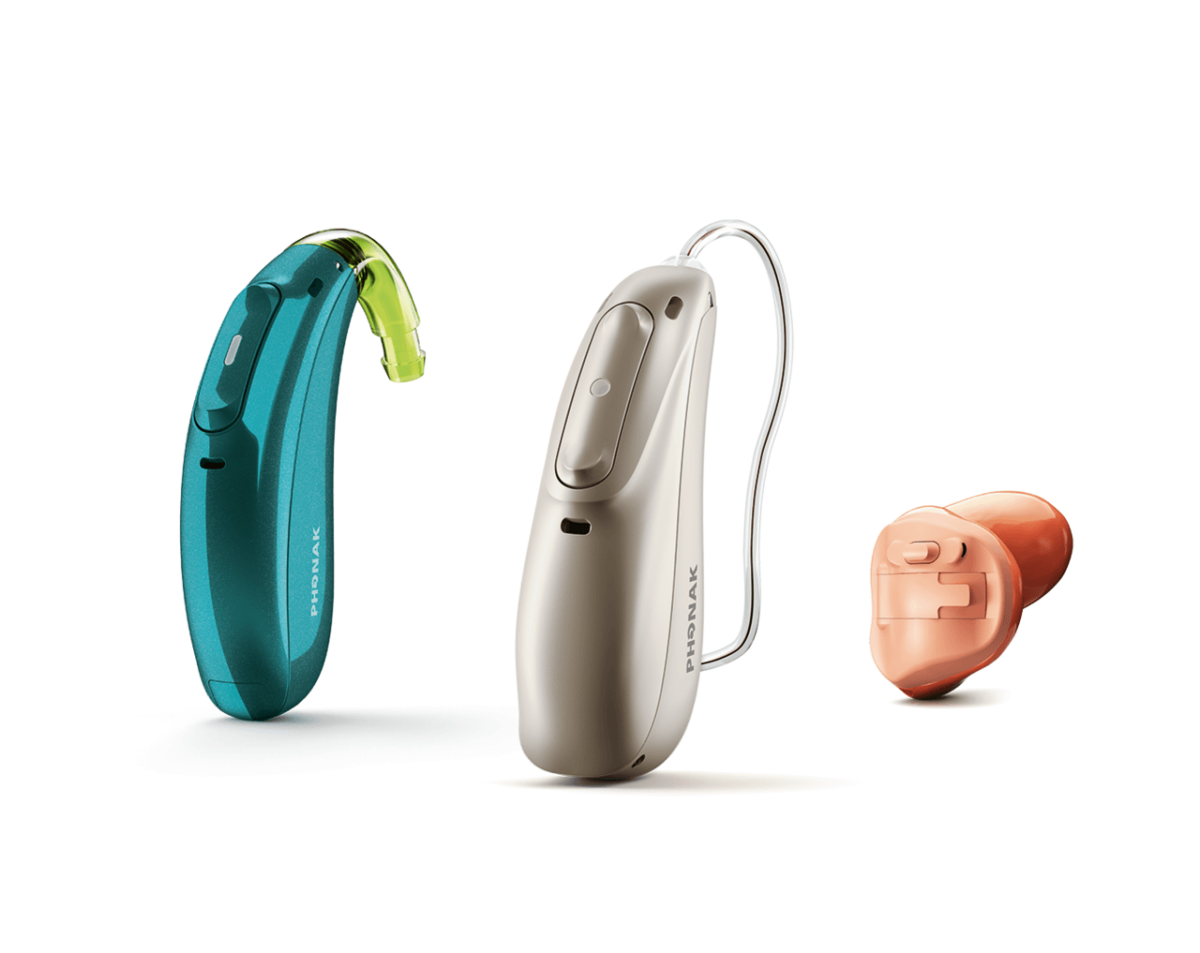Hearing aid technology has advanced remarkably in recent years. As manufacturers have innovated with the design and style of hearing aids, the different models have proliferated. In fact, there are more options for hearing aids now than ever. How do you navigate this range of options? You might feel inclined to do some internet research about the different styles, but those options can be overwhelming if you start to look. What makes one style of hearing aids right for you, compared with the others? Our hearing health professionals are best at determining which hearing aids are suited to your individual needs. Not only will we balance your individual preferences and lifestyle, but we will also use the results of your hearing test to see which are technically suited to your hearing needs. When you come in for your hearing test, we will consult with you about your preferences and features of your lifestyle that might affect your choice. With this information in mind, our experts will make a recommendation or two of the aids that are right for you. Even though we will make this recommendation for you, you might also be curious to know what options are out there. Let’s take a look at the two main types of hearing aids, including the dynamics of benefits and weaknesses you might consider.
In-The-Ear (ITE) Hearing Aids
One of the two main types of hearing aids is an ITE aid. These hearing aids fit completely in the ear canal, making it possible to contain all components in a single unit, including the microphone, receiver, amplifier, and speaker. Although all the components fit in this unit, it can be incredibly tiny, as well. Some of the smallest hearing aids are called Invisible-In-Canal (IIC) and Completely-In-Canal (CIC) hearing aids. These units are so small that someone can’t even see that you are wearing hearing aids, making this design of interest to those who want them to be inconspicuous. Although this low profile is a benefit of ITE hearing aids, they can also be so small that they are difficult to insert and remove, particularly for those who have problems with manual dexterity or arthritis. These units can have rechargeable or replaceable batteries, suited to either preference you might have.
Behind-The-Ear (BTE) Hearing Aids
The other main style of hearing aids is a BTE aid. These hearing aids have two main components that are connected by a wire that is covered in a plastic tube. The different components are spread between these two units in a way that gives them the best audio quality possible. One of the benefits of BTE hearing aids is the exceptional audio quality. The part of the aid that goes into the ear canal comes in a variety of sizes. If you have an issue with manual dexterity or arthritis, you can find a style of BTE hearing aid that has a larger earmold that is easy to insert and remove. Another benefit of BTE hearing aids is the modular nature of the components. If you have an issue with the functionality of one part, you may be able to repair or replace that one piece without doing so for the rest of the hearing aid.
Making Your Choice
How can you make the right choice about a model of hearing aid? The most important thing you can do is to follow the expert advice of our hearing health professionals. We will take the results of your hearing test and use that information to make sure your aids meet the baseline of functionality that you need. Beyond that basic functionality, we will consult with you about your preferences and other interests you might have. For instance, if you take part in outdoor activities or water recreation, we can make sure that you have aids that are resilient to moisture and debris. Be sure to let us know anything about your lifestyle that might pertain to hearing aids, and we will combine that information with the results of your hearing test to find the perfect model of hearing aids for your individual needs. If you haven’t yet made an appointment for a hearing test, the time is now to contact us!

